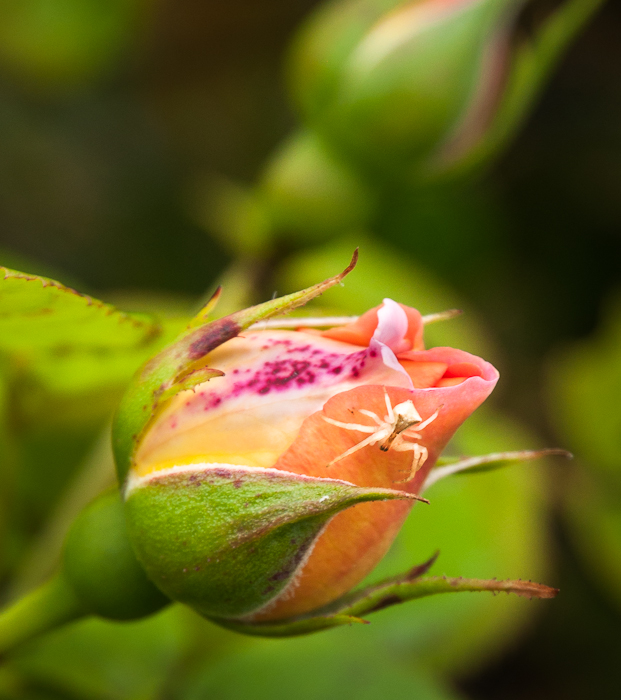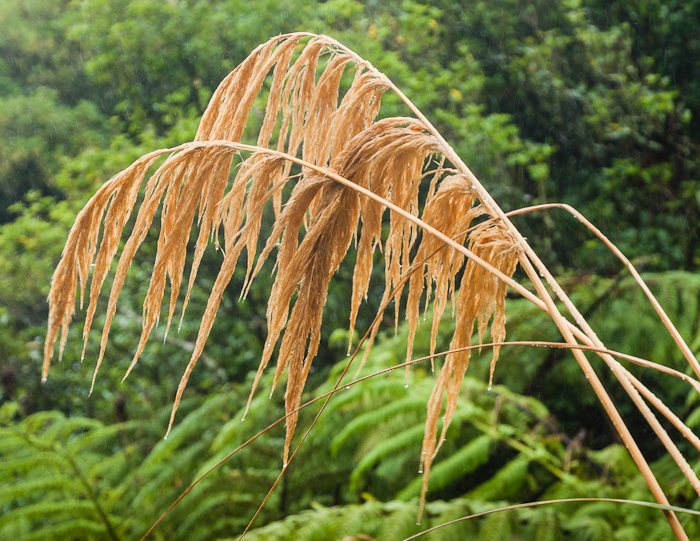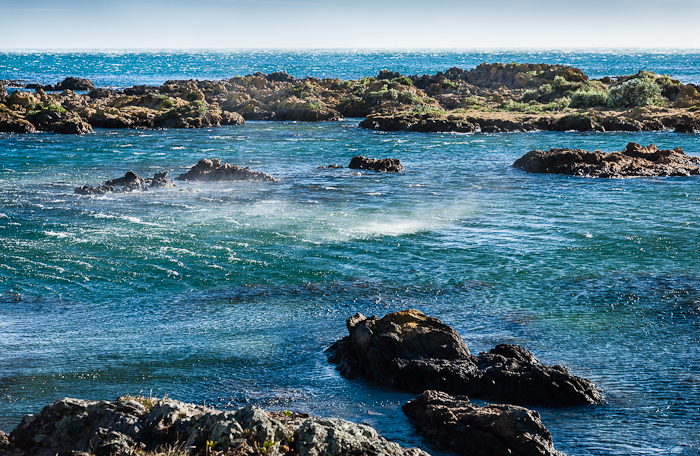Wiwi, or knobby clubrush, side-lit by the soft light at sunset, looking golden and rather prettier than its name might suggest. The seedheads are close to the end of the stems, and they are thought to be club-like in appearance - I can't see it myself.
and rather prettier than its name might suggest. The seedheads are close to the end of the stems, and they are thought to be club-like in appearance - I can't see it myself.
It is a sedge (not a grass or rush), quite adaptable it seems, native to Australia and New Zealand.
Here it is growing in the tough conditions of the south coast at Te Raekaihau Point - a translation of this name is "the headland that eats the wind" and this gives a sense of what it is like! Another little reminder of Wellington's qualities is the fact that a major earthquake in 1855 lifted this area up 1.5m, creating the point as it is today.
As part of the rehabilitation of this area, which had been degraded by different (ab)uses, there was a survey of the plants, and wiwi was recorded as growing here. It is thriving now, as work has been done to protect and enhance the environment - better for all.
There were a lot of people there enjoying the beauty of the location, and the sunset.














